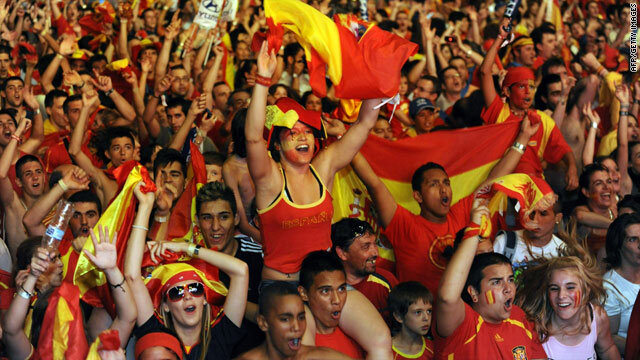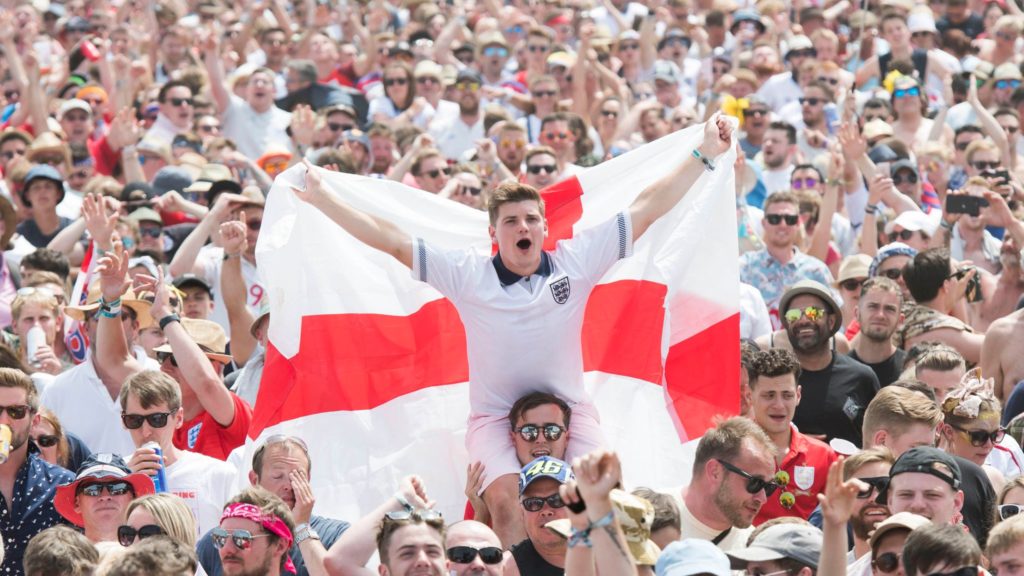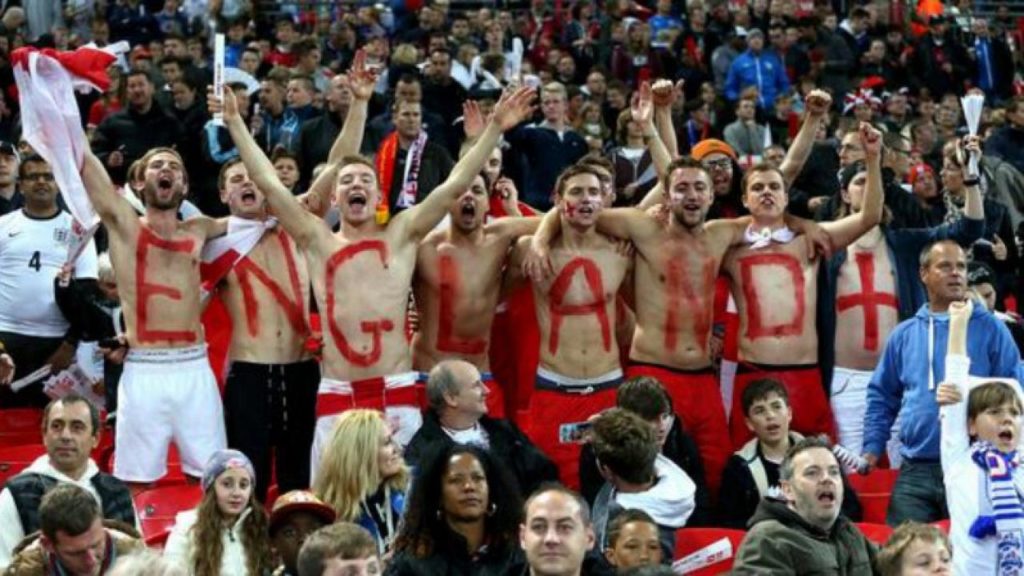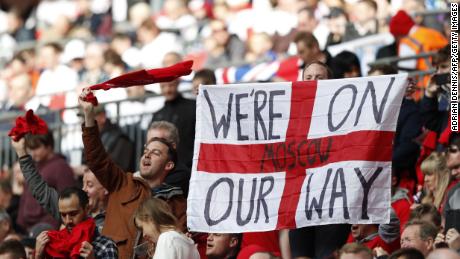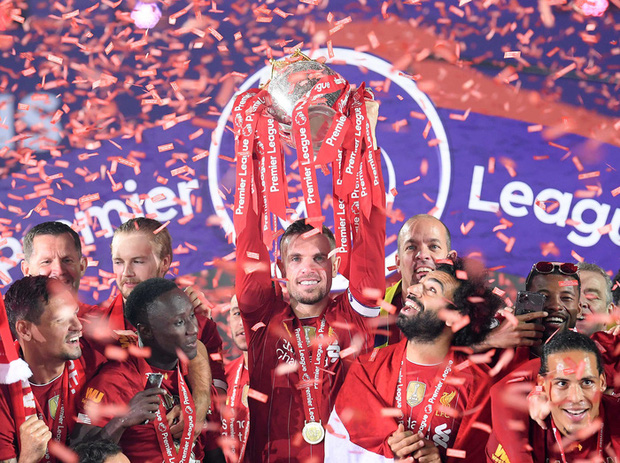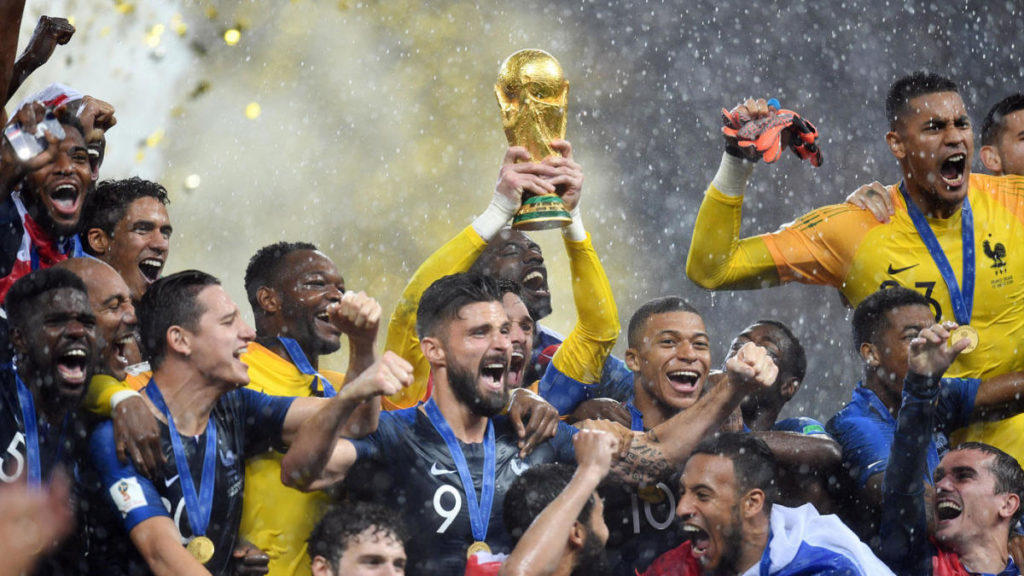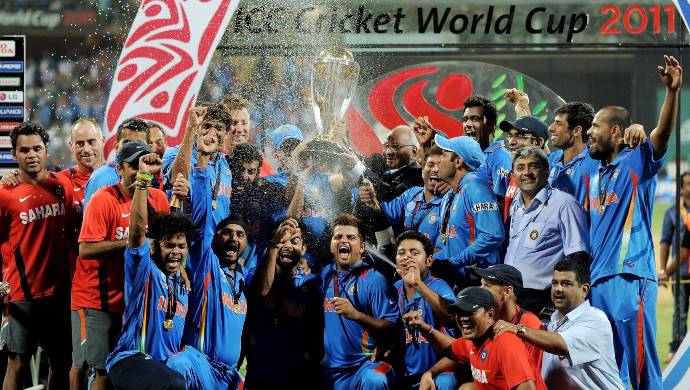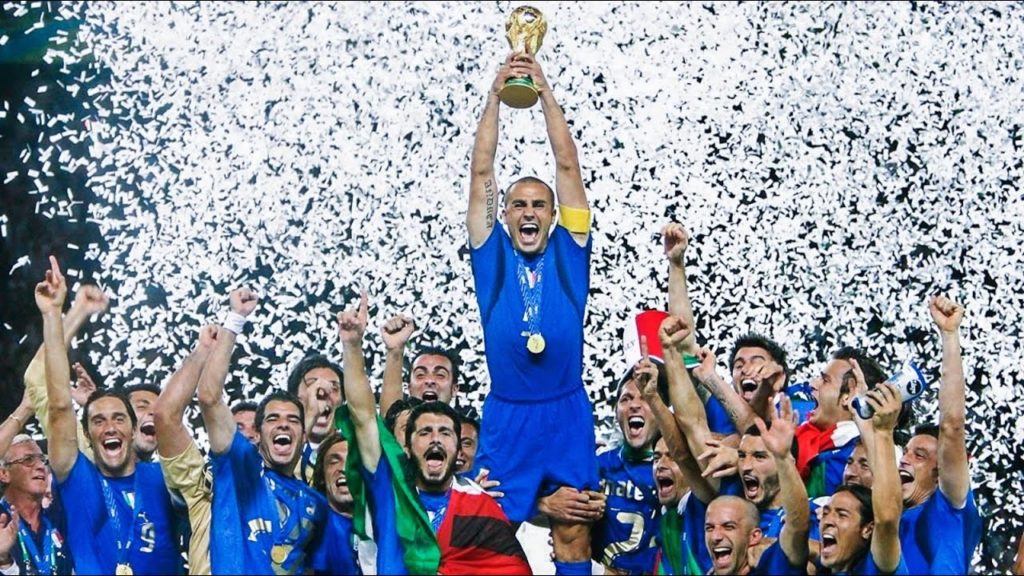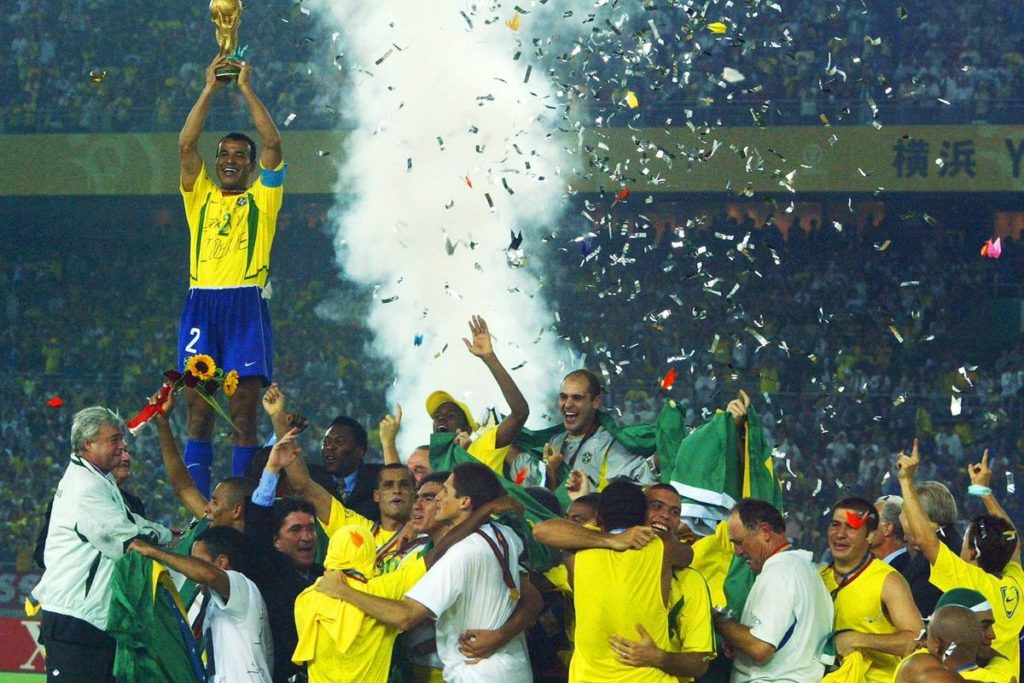It is an internationally known fact that after every big football win, whether it is the World Cup or Euro Cup, the winning country’s road network will be flooded with flown flags, vigorous chants, and random objects blaring odd noises. And games come with all the fanfare often associated with the sport, including mascots tossing free T-shirts into the crowd, skilled cheerleaders with impressive dance performances, lighthearted halftime activities, and raucous hip-hop music playing behind an air-horn assisted hype man.
But when it comes to the fans, which teams do people support? The majority of football fanatics root for teams from all over the world and especially for teams in their own country. Real Madrid, Barcelona, Manchester United, and Liverpool all have huge followings, complete with everything from Facebook groups to local five-a-side teams to organized game-watching events to hundreds of thousands of knock-off football shirts sold in the local markets.
There is an undoubted love for football all over the world, but just how prominent it is in the sports field the nuances that lay behinds it – that’s something we would want to discuss further throughout this article.
A Brief Primer On Football History
The first known examples of a team game involving a ball, which was made out of a rock, occurred in old Mesoamerican cultures over 3,000 years ago. It was by the Aztecs called Tchatali, although various versions of the game were spread over large regions. On some ritual occasions, the ball would symbolize the sun and the captain of the losing team would be sacrificed to the gods. A unique feature of the Mesoamerican ball game versions was a bouncing ball made of rubber.
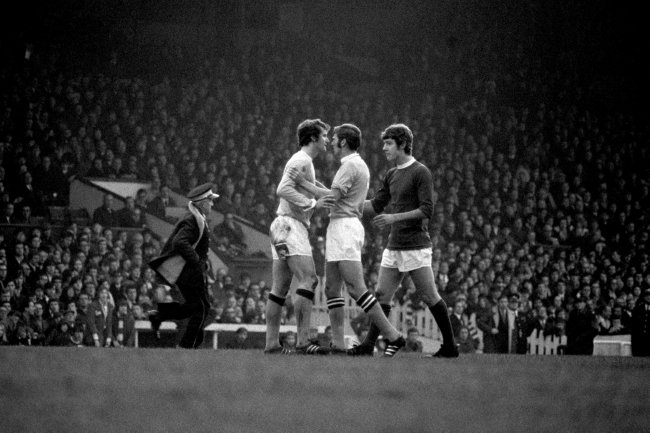
Football clubs have existed since the 15th century, however, it wasn’t until the end of World War II that football clubs started to become more organized and established. For a long time, the British teams would be dominant. After some decades, clubs from Prague, Budapest, and Sienna would be the primary contenders to British dominance. But much like the “new Messi” is discovered in Argentina every few years, only to be quickly forgotten, football clubs barely rise to the occasion in terms of public attention, not until 1885 when professional football was legalized.
As with many things in history, women were for a long time excluded from participating in games. It was not before the late 19th century that women started to play football. The first official women’s game took place in Inverness in 1888.
The Peculiar Gender Dynamics Of Male-Dominated Football Scene
This enthusiastic, spectacular game has for generations been hugely popular all over the world, though interestingly it seems only to be played by men. Though an 11 person game, its fast-paced nature, and placement in the public realm makes it a popular spectator sport, with shouts of victory or contempt often filling the sunset air. The game’s widespread popularity is impressive, particularly in how it can be played anywhere. And I mean absolutely anywhere, any 100-130 yards long with more-or-less flat ground is ready for a tournament.
Despite its accessibility, however, it does seem peculiar that the sport appears to be exclusively the realm of men. In a study on gender dynamics and the playground, the researchers found the scarce presence of women is a result of traditionalist values. According to multiple surveys and observations, one won’t find an elderly woman playing football because she probably never got the chance to do so when she was younger. In the olden days, most people were poor and playtime was a rare luxury. There was much work to be done, and time was consumed by either school or work. Girls were expected to stay home to do the housework and other “womanly” chores, they did not have the time to socialize, let alone go around the field to kick a ball.
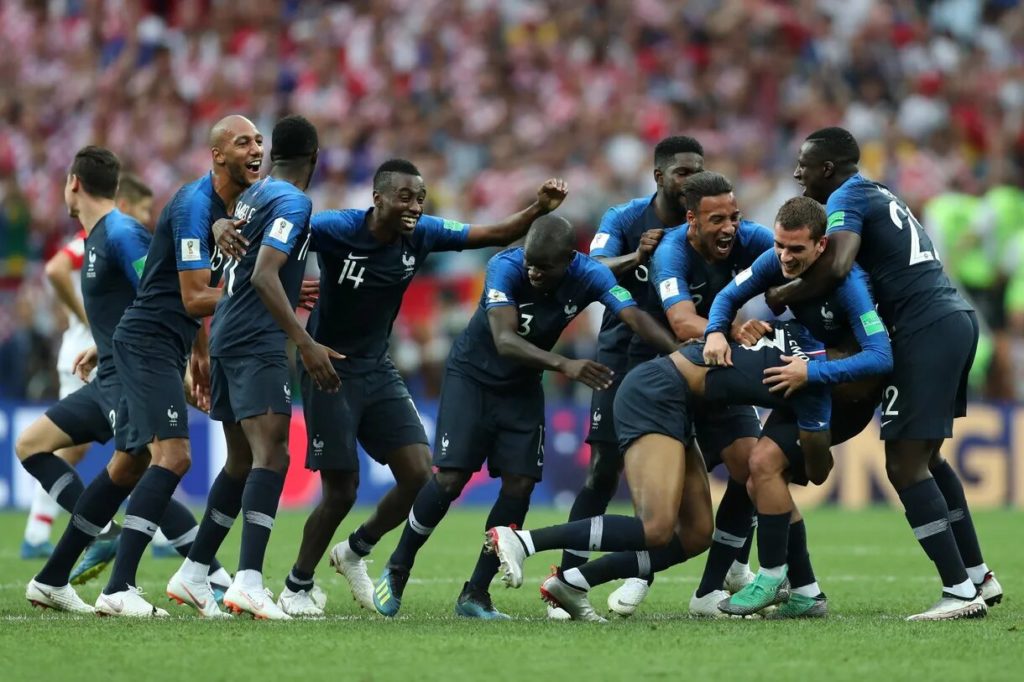
Boys, on the other hand, had the option to go out and socialize with their friends, which ultimately led to playing games like football. Meanwhile, girls just never had the opportunity to learn, and instead played other simpler games, such as card games. It was not considered “lady-like” for a young girl to be outside the house often. This is why so many men play football, but so few women play it.
This thought process infiltrates all kind of games, and not just explicitly to football, which the world’s top western chess female player, 26-year-old Hou Yifan hailing from China explained: “Girls are told at an early age that there’s a kind of gender distinction, and they should just try their best in the girls’ section and be happy with that. So without the motivation to chase higher goals, it’s harder for girls to improve as fast as boys as they grow up.”
Dreaming Of A Time When The World Loves Other Sport As Much As Football
Other than its controversial male-dominated field, there is another thing that football is prominently known to dominate nowadays, the percentage of people who play and watch the sport.
During the 2019/2020 football season, Manchester City paid the highest average annual player salary out of all teams in the English Premier League (EPL), with an average of roughly 8.73 million U.S. dollars. Up to 66,479 fans attend each game, and TV broadcasts bring the action to millions more on a nightly basis. And the National Football League (NFL) biggest stars are household names, appearing in movies, commercials, and ad campaigns while providing fodder for reality shows and media gossip. That reality is a stark contrast to the basketball field, in which the minimum salary for players in the NBA amounted to just over 925 thousand U.S. dollars in the 2021 season. The funds and popularity attained by the football industry are way more prominent than that achieved by other noteworthy sports, which otherwise deserve just as much credit and attention as the football industry does.
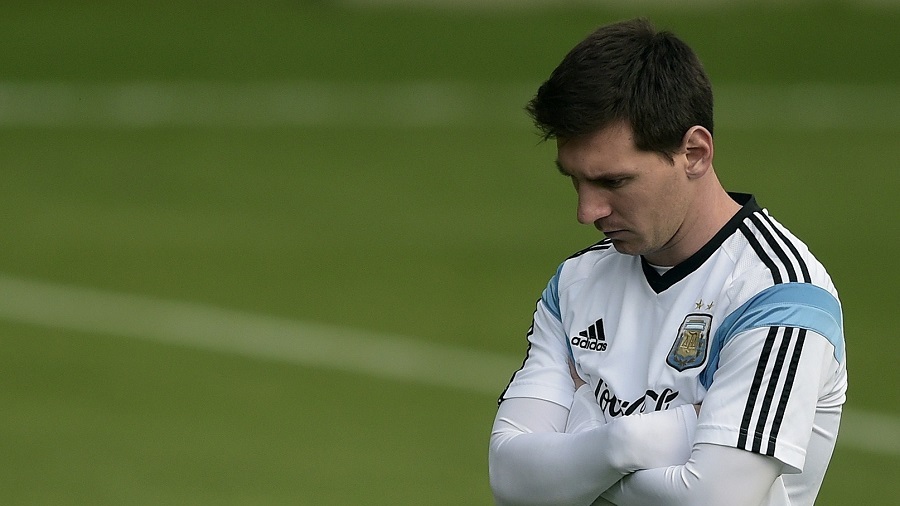
It’s more than just money though. Many players still live at home with their parents and squeeze in different jobs to earn a living. Over 900 people have signed a petition calling for struggling tennis players to be given financial assistance following the sport’s suspension until at least June 7 due to the coronavirus crisis. The low prize money at smaller events and the high costs involved mean players are particularly vulnerable to falling through the cracks, and this is the same issue everywhere in the sports field, with an exception of football.
Football players are being paid increasingly high wages because the clubs are making more money than ever. As a result of globalization and technological advances such as the pay-TV market, football has become more popular and so, more profitable. The rights for the first seasons of the Premier League in 1992-1997 sold for less than £200 million. And the TV rights for 2016-2019 are in comparison worth more than £5 billion. If people lost interest in football, clubs would not be able to make such high profits, the demand for players would drop and so would their wages, make ways for other underfunded sports.

As with most professional sports, the players must be in peak physical form. With two-times-a-day practices, gym sessions, away trips, and games, there isn’t much time to party, after all. Not to mention the second jobs, family obligations, and education that many players need to manage. This, exacerbated by the pressure to win, represents the worst part of playing any sport anywhere in the world. The obvious financial factor differences between football and other sports are real, and it shows no sign of stopping any sooner.
The Game Of Unification: How A Football Match Brings The World Together
Although the game is nuanced and holds a lot of controversial aspects to the sports industry, it was, and still is, the game that unites everyone together. 5 billion is the total view for the EURO Cup 2016, with 24-team, 51-match tournament, according to UEFA research published on Thursday. The research says 600 million viewers watched some of Portugal’s 1-0 extra-time win over host France in the final. Most of the time, even though the game wouldn’t kick off until night, the gates were closed by midday. Fans started climbing walls to find a vantage point; the running track surrounding the playing field had all but disappeared under the feet of an eager audience.
At the end of the day, as players from both teams leave the stadium with beautiful memories, the solidarity of the two-nation team held hands to enter the field of play. It was a day of great joy and victory. There were no losers, all of them were winners. It was a victory for the unification of the two countries, and even, for the whole world who was watching them.
I’ve never scored a goal in my life without getting a pass from someone else.
Abby Wambach
During the tournament, many great memories were shared, and the politics of the world were all but forgotten. In times when captivity overcomes normality, football is and always will be, a joyful and memorable celebration for sports enthusiasts all over the world.
Disclaimer
The opinions expressed in this publication are those of the author. They do not purport to reflect the opinions or views of IVolunteer International.
IVolunteer International is a 501(c)3 tech-nonprofit registered in the United States with operations worldwide. Using a location-based mobile application, we mobilize volunteers to take action in their local communities. Our vision is creating 7-billion volunteers. We are an internationally recognized nonprofit organization and is also a Civil Society Associated with the United Nations Department of Global Communications. Visit our profiles on Guidestar, Greatnonprofits, and FastForward.

